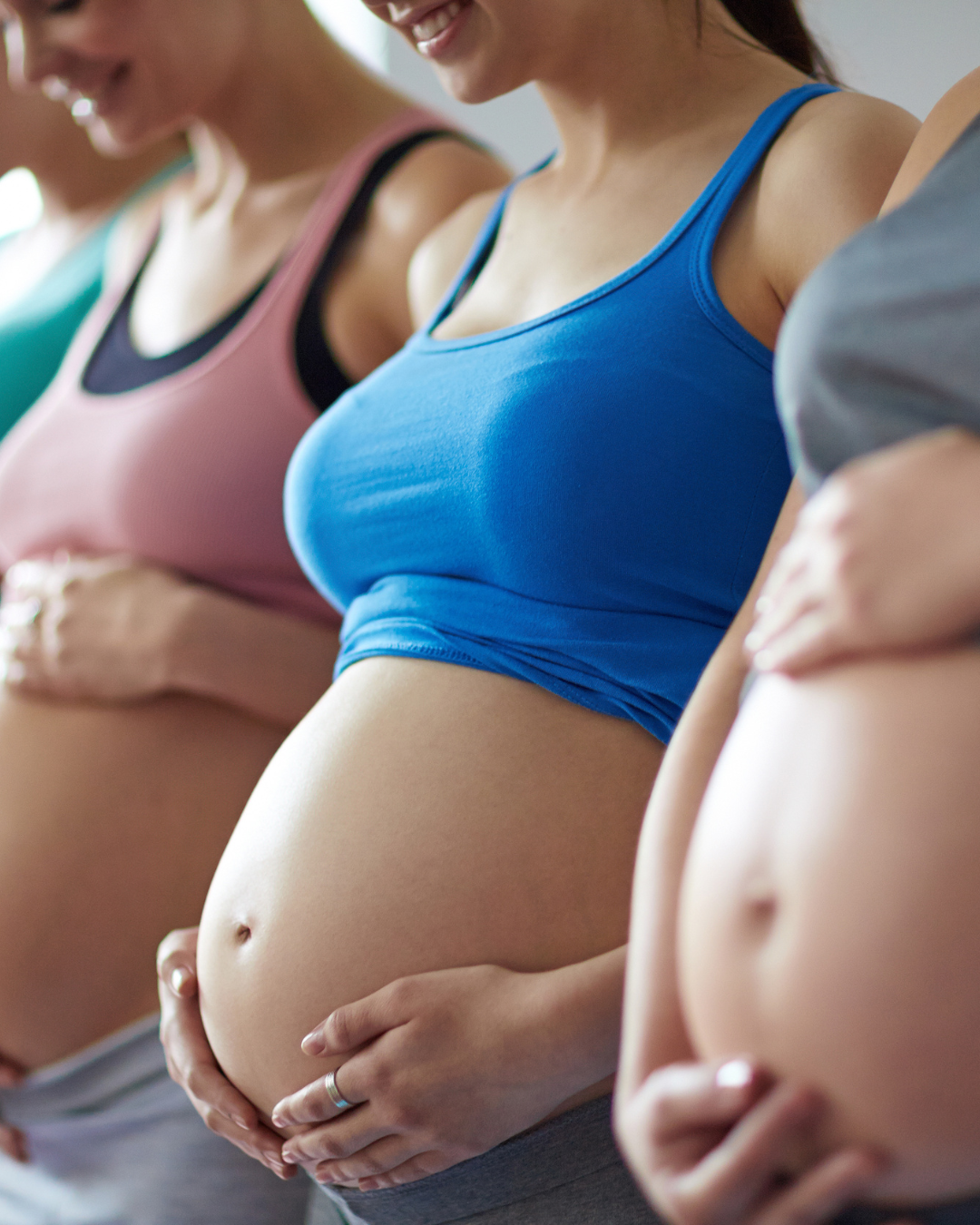
Compassionate pelvic health support for all ages, all abilities, and every stage of life.
SERVICES
-

WOMEN
Pelvic rehabilitation is all about helping women feel strong, confident, and comfortable in their own bodies. Whether you’re recovering from childbirth, managing bladder leaks, dealing with pelvic pain, or just wanting to improve core strength, pelvic rehab offers real, lasting benefits.
-

CHILDREN
Pelvic rehabilitation isn’t just for adults - it can make a big difference for kids, too! Many children struggle with bladder leaks, constipation, bedwetting, or bathroom anxiety, and pelvic therapy helps get to the root of those issues in a gentle, age-appropriate way.
-

MEN
Pelvic health isn’t just a women’s issue - men have pelvic floors too! When those deep core muscles aren’t working as they should, it can lead to bladder leaks, bowel issues, pain, or even changes in sexual function. All of which can lead to issues that affect confidence and quality of life.
SPECIALIZED PERINATAL CARE
Pregnancy and postpartum bring incredible changes to a woman’s body, especially the pelvic floor. Pelvic rehabilitation supports women through this journey, helping them feel strong, comfortable, and confident every step of the way. So whether your newly pregnant, in your third trimester or years postpartum, we are here for you! Let us help you get back to feeling like yourself again!
REAL PEOPLE . REAL STORIES

